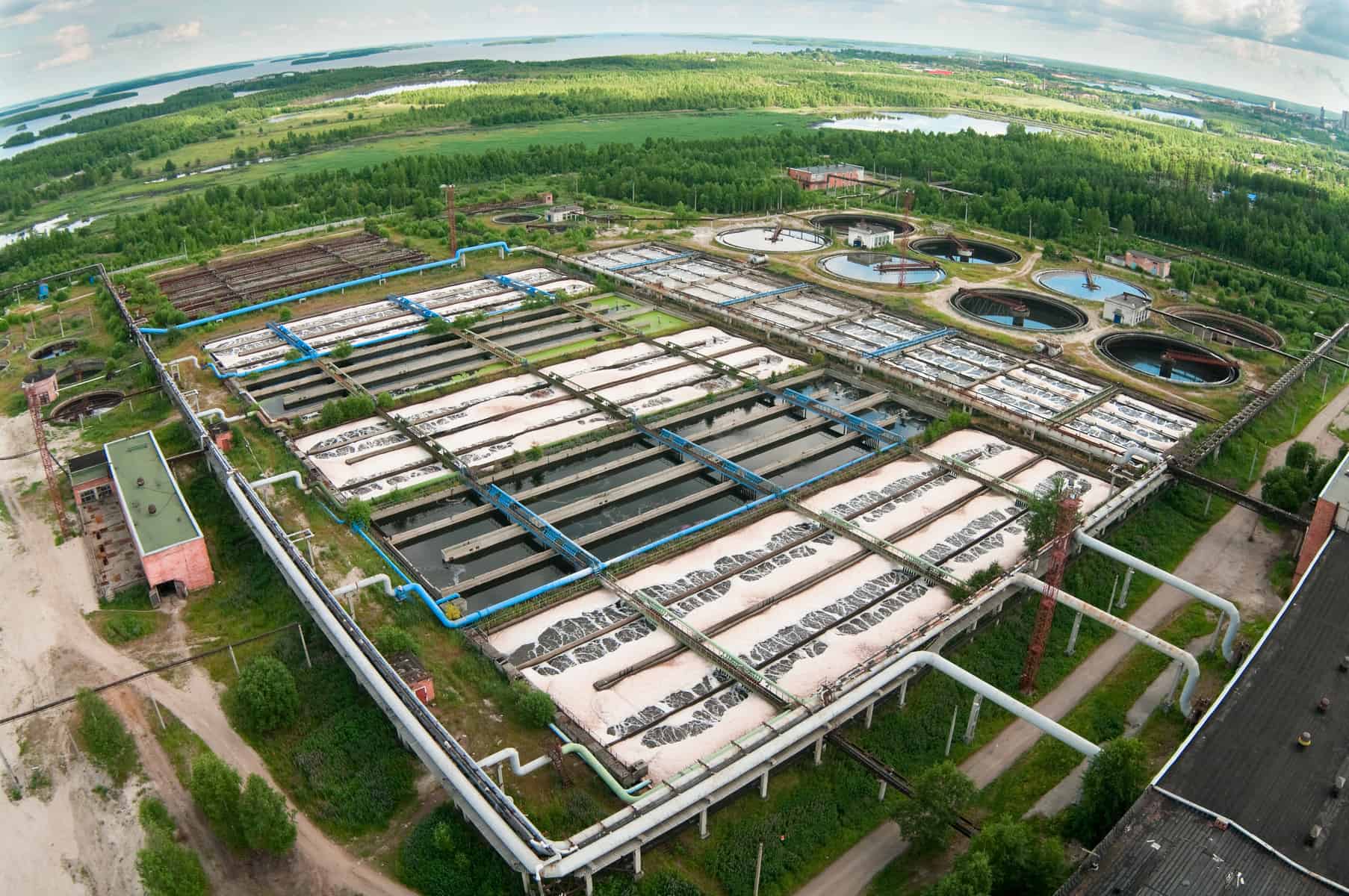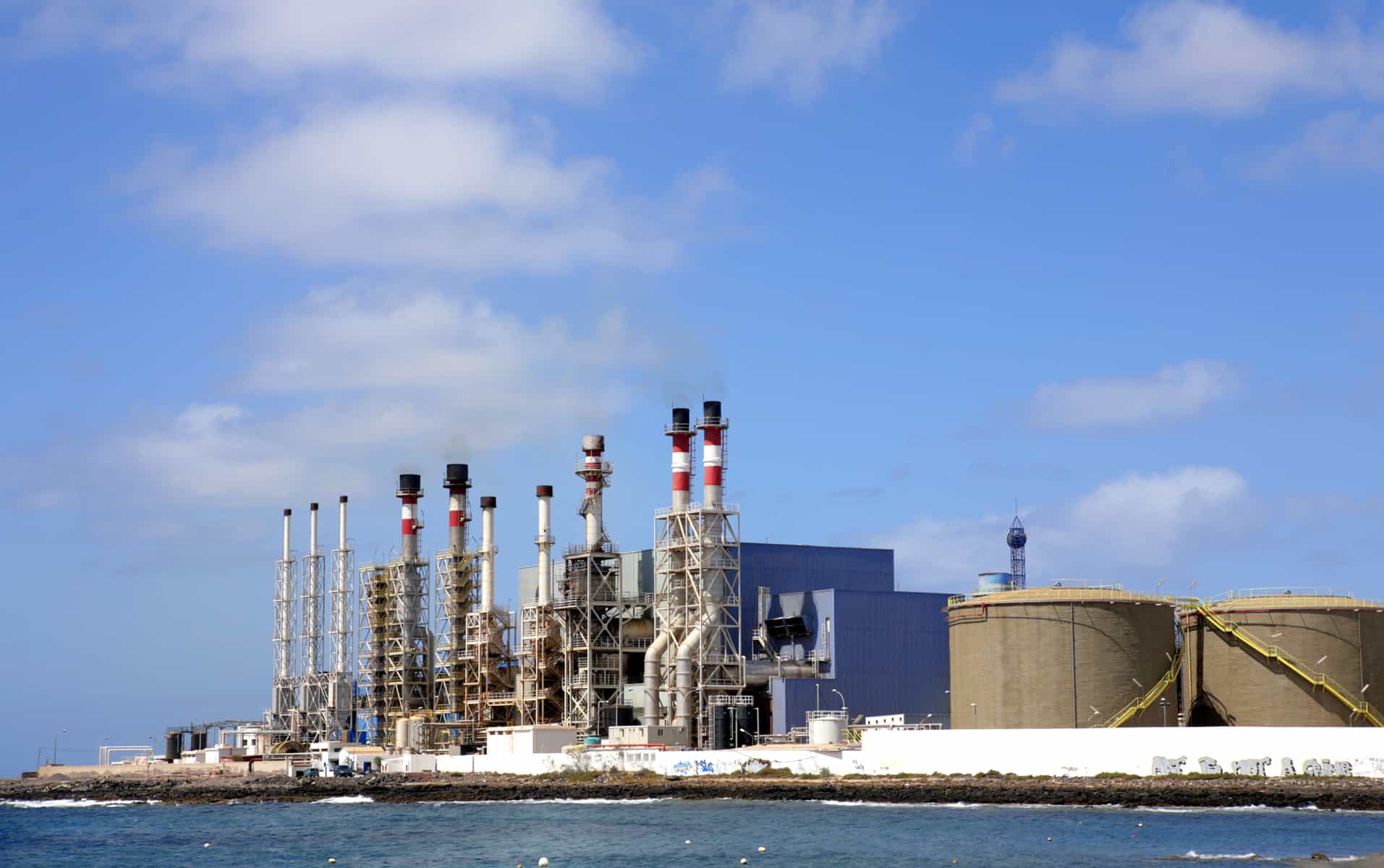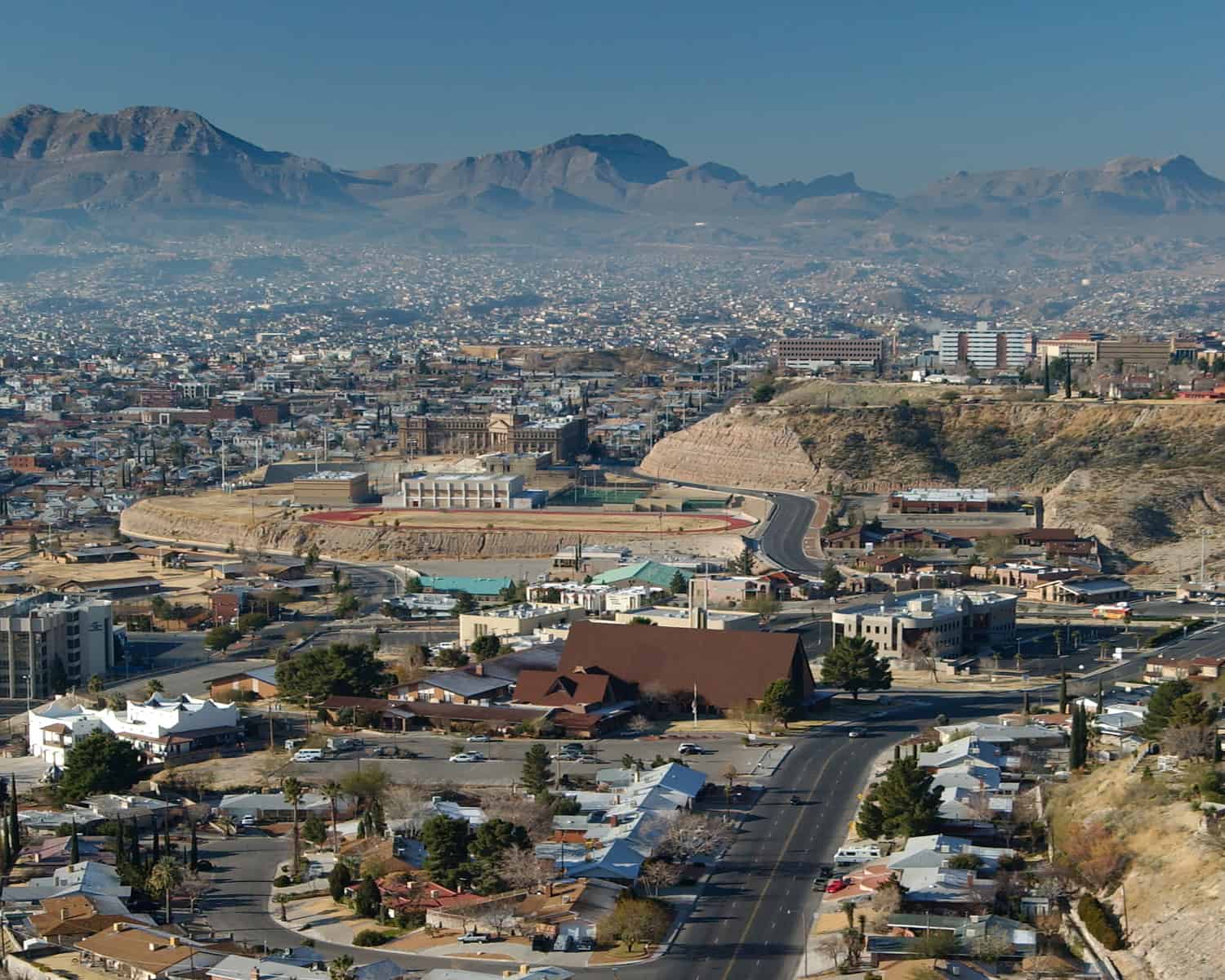A Light From The Shannon

Energy, wealth, and independence go hand in hand. Ireland's long, rich history tells the story of a nation zealous for the opportunity to thrive on its own terms. However, this is much easier said than done when under the rule of an entity as powerful as England, which Ireland was in the 19th century. During this time, Ireland continued to be a primarily agricultural region. Most of its economic activity revolved around farming, and people lived mainly without access to any electricity.
When an invasive plant pathogen was accidentally brought over from North America, it caused one of the most significant tragedies in the nation's history. The Great Famine, also known as The Great Hunger, took over Ireland from 1845-52 and resulted in the death of an estimated one million people and the forced emigration of many more. It was a desperate time in Irish history made only worse by the continued exportation of crops to the UK despite the starving populations' desperate need for food.
The physically demanding nature of life in Ireland during this time took a particularly hard toll on the women and children who were left to take on the arduous home chores we typically accomplish with machines today. Without proper access to education, industry, or even just fundamentals like electricity and running water, the people of Ireland were desperate for change. The additional lack of assistance from the British government throughout the famine only increased Ireland's desire and urgency to become an independent state.
Inspired by the writing of Robert Cane, who emphasizes the importance of industrial progress in Ireland, Irish engineer Thomas Mclaughlin looked to the River Shannon as he searched for a brighter future for his country. Water has been used to create mechanical power for centuries. Later, in the 1800s, as technology improved, the use of water to generate electricity came to light and began to gain popularity. So, with the help of his employer, Siemens, in Berlin, Germany, and his friends from the Irish Free State Government, Thomas Mclaughlin began his revolutionary plan to bring light to Ireland through the largest European engineering project of the time.
There was some pushback; after all, the government would be spending a quarter of economic activity on a single infrastructural project. Something that would never be allowed today. To complicate things further, the short period of time that had passed since WW1 made the British government skeptical of having a German company so closely involved in such a significant infrastructure project. Thankfully, in the end, political pushback was not enough to halt the development of the River Shannon. To get the ball rolling, an international team of experts was introduced to analyze the project's technicalities. At last, the Shannon Electricity Act was passed, officially giving the green light to start building the Shannon Hydroelectric Scheme or Ardinacrusha.
Building a sense of national pride is essential when rebuilding a community and establishing an independent nation. So, while still undergoing construction, guided tours of Ardenacrusha were offered to the public. Within eight months of opening, 85,000 people had gone to see the incredible structure for themselves. Irish pride was at an all-time high. Finally, the River Shannon scheme began operations in July 1929. E
Electricity changed everything. The days of doing it all by hand finally became a thing of the past. The democratizing effect of energy access allowed for extensive social improvements, including increased literacy rates, higher education for both women and children and upgraded healthcare institutions.
Modern-day Ireland is a much different place than it was in the 1800s, thanks to Ardenacruha. Now, their ability to harness the renewable energy resources available to them has placed them in a position to take on carbon neutrality and clean energy at a higher level than most nations. With climate change and global warming becoming a more significant threat each year, nations with such a deep-rooted background in renewables will be key leaders and trendsetters for sustainability.
Energy literacy is fundamental to the fight for a healthy future. Power Trip: The Story of Energy and Resourcefulness are excited to present the influence that energy, natural resources, and human activities have on the environment and their connection to our modern way of life. Watch the clip below to learn more about the River Shannon Hydroelectric scheme, and visit Resourcefulness.org to learn more about energy! Also, remember to follow us on Instagram for fun facts about energy as well as tips and tricks to live a more sustainable lifestyle.


